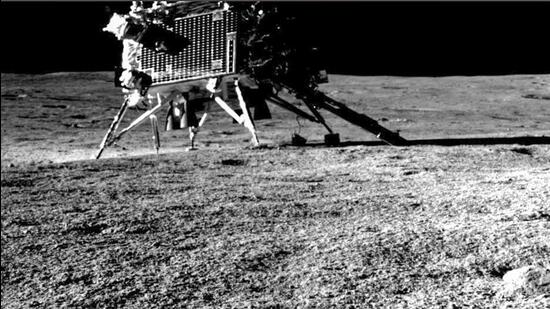QUICKREADS

James Webb Space Telescope discovers ‘most-distant supermassive black hole’ on record
The James Webb Telescope has identified the most-distant supermassive black hole to date, located in a galaxy named CEERS 1019. The black hole existed a little over 570 million years after the big bang and is larger than any previously known black holes. The discovery was made using Webb's Cosmic Evolution Early Release Science (CEERS) Survey, which utilized the telescope's detailed near- and mid-infrared images and spectra data. The study suggests that a galaxy merger may have contributed to the activity observed in the black hole, potentially leading to increased star formation.

Potential presence of primitive lunar mantle materials on Chandrayaan-3 landing site: Study
Chandrayaan-3's landing site revealed high sulphur levels, suggesting presence of primitive lunar mantle materials from the South Pole-Aitken basin's formation 4.3 billion years ago, offering insights into early lunar evolution and composition.






